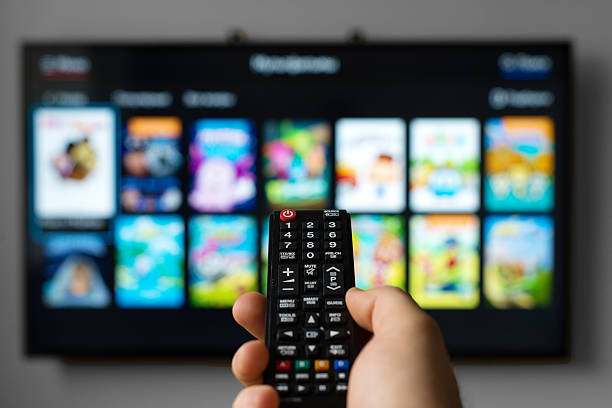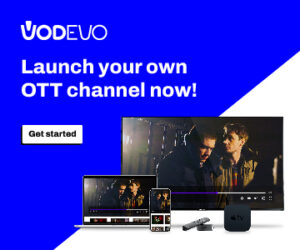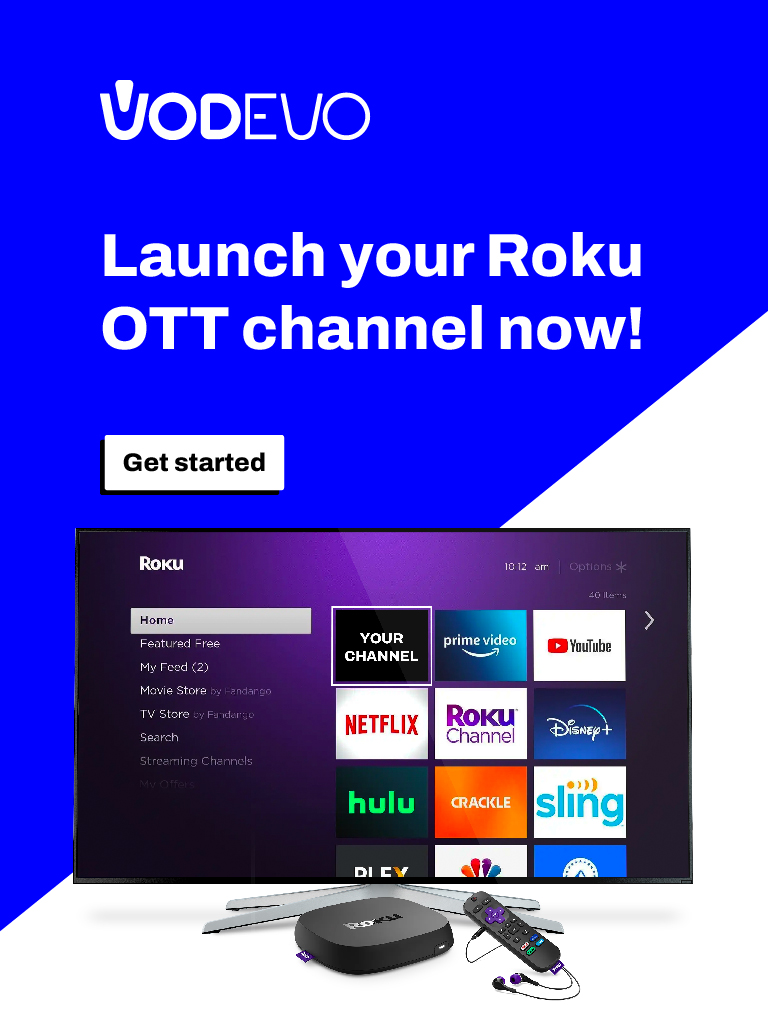With streaming now dominating video consumption, smart TVs have matured, allowing TV manufacturers to vie with service providers and other device suppliers as gateways to entertainment.
The rise of smart TVs as one of the fastest-growing device categories facilitating home entertainment has shifted the focus of distinguishing one TV brand from another at the point of sale. It increasingly hinges on the user experience and interface associated with smart TV functionality, often more than the screen quality, image resolution, and sound performance.
However, not all smart TV manufacturers share the same footing. The dominance and influence of a few consumer electronics giants pose a threat to many other OEMs, potentially pushing them out of the market. Establishing a smart TV ecosystem is a formidable undertaking.
OEMs confront a clear dilemma: either bear the substantial costs of developing, maintaining, and providing their own smart TV operating system or collaborate with a select group of smart TV OS providers.
These providers may impose restrictions on their freedom to monetize the platform as they desire and prioritize their own content channels while limiting the visibility of other content.
Introducing TiVO OS
Introducing TiVo OS, the autonomous media platform developed by Xperi’s video technology brand, TiVo, which provides the advantages of smart TV to OEMs without imposing any constraints or limitations on their commercialization efforts.
Gabriel Cosgrave, the General Manager of EMEA at Xperi, highlights the company’s belief that there is a substantial gap in the market for an independent smart TV OS. He explains, “OEMs require and desire an OS that doesn’t dilute their brand and offers a ‘content-centric UX’.”
Xperi’s TiVo, traditionally recognized as a platform for TV service providers rather than TV manufacturers, now offers what Cosgrave describes as an “independent media platform” for OEMs.
This platform allows OEMs to have more control over their brand identity, featuring smart screens labeled as ‘Powered by TiVo’ instead of being exclusively owned by TiVo, thus giving greater prominence to the manufacturer’s brand.
Cosgrave emphasizes that the OEM’s brand is prominent both on the physical product and the home screen. The integration of TiVo’s powerful brand with the manufacturer’s product promotion is their strategy. However, on the packaging and home screen, the OEM’s brand takes precedence.
Universal Discovery of Smart Tvs
Central to TiVo’s “content-centric” approach, as described by Cosgrave, is universal search and recommendations, which differs from scenarios where search capabilities are limited to individual apps.
He states, “In most smart TV ecosystems, you encounter the same look and feel across TV brands, and it’s challenging to differentiate. You also typically have a multitude of apps and must open each streaming service individually to discover its content, as the search capabilities reside within the apps.”
Cosgrave emphasizes that they designed a user experience focused on content from the very beginning, eliminating the need to open and close multiple apps to find content. From the consumer’s perspective, this approach reduces the time required to find content.
An AI-powered recommendation engine plays a vital role in surfacing content that viewers are likely to enjoy, eliminating the need for viewers to figure out where everything is located.
Effectively surfacing the right content at the right time necessitates comprehensive metadata, both in terms of depth and breadth. TiVo’s video including TMDb, provide millions of metadata assets that facilitate content searches and the identification of specific elements within content, such as well-known phrases associated with movies and individual episodes of series.
Cosgrave believes that these advantages are increasingly essential for differentiation in the TV manufacturing sector. As technical specifications across TV brands become more similar, marketing to consumers will likely revolve more around the user experience and content discovery, including voice search. Building individual user profiles that deliver contextually relevant recommendations will be a crucial battleground in this evolving competitive landscape.
“Considering the amount of time people spend – or waste – searching for content, I believe this will be a significant game-changer for both consumers and TV manufacturers,” he asserts.
Recurring Revenues
In addition to brand independence, OEMs in the lower tier, lacking sufficient market recognition and power to launch and maintain their own smart TV ecosystems, are also exploring services based on a sustainable business model centered around advertising.
The adv opportunities associated with connected TV are becoming more appealing, partly because consumers are increasingly accustomed to the trade-off of reduced (or zero) payment for video content in exchange for in-content advertising.
TiVo generates revenue through its advertising sales business and comprehensive ad technology stack, enabling it to run programmatic ads, banner ads, and other types of campaigns over the platform. In a market with slim profit margins on screens, these recurring revenues are highly attractive to OEMs.
Cosgrave explains, “We made an early decision to share our advertising revenue with the TV OEMs themselves, which can open up a whole new stream of recurring revenue for them.”
The advertising

This is available for monetization through this revenue-sharing model primarily includes ads inserted into the content accessible through the platform, as well as additional inventory within the user experience.
“The most significant and lucrative part is advertising within the content, although we also display advertising and banners,” notes Cosgrave.
In addition to enabling advertising, TiVo can also provide TV manufacturers with a wealth of subscriber usage data.
“For many years, access to data has been controlled by tech giants, but we are in a position to help share that data with OEMs. So, there are several aspects that make our business model very attractive to these companies,” concludes Cosgrave.








